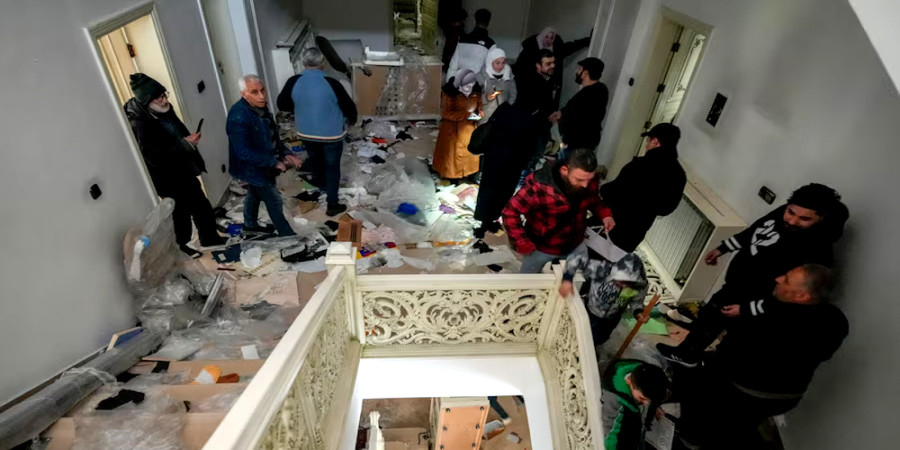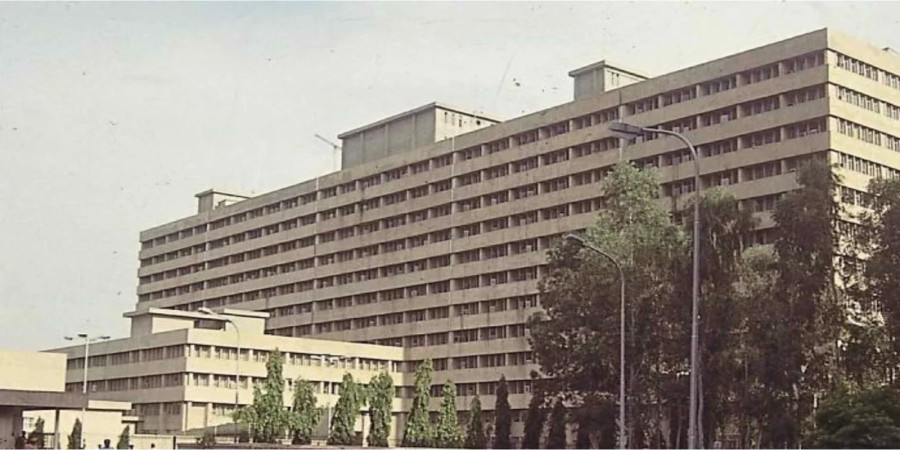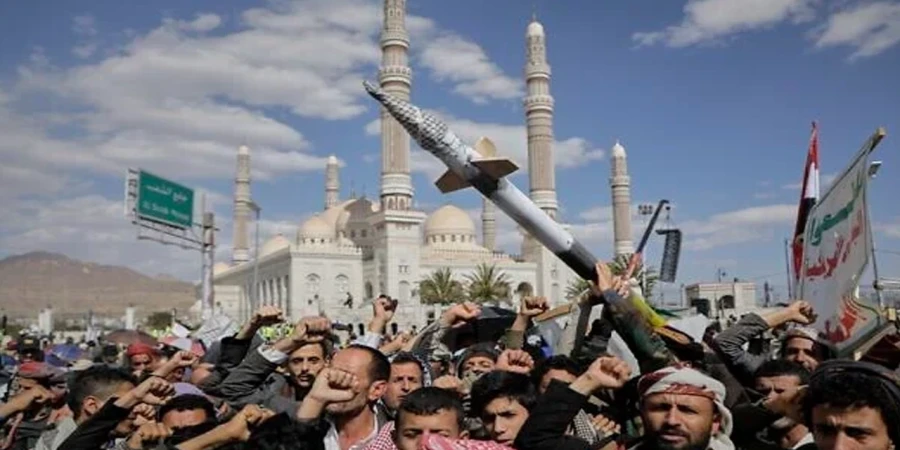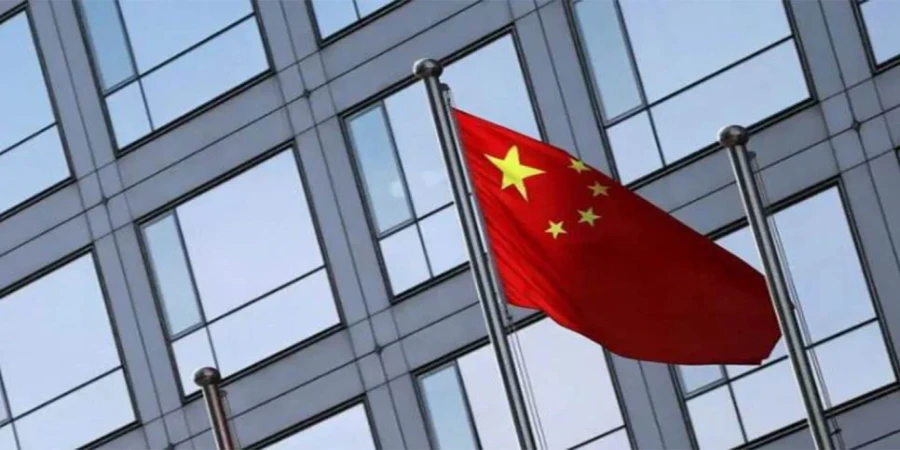
ছবি: Photo: Collected
Bashar al-Assad, who ruled Syria for over two decades, has been overthrown following an offensive by anti-government rebels. His ousting has led to nationwide celebrations, with jubilant Syrians taking to the streets to mark the end of his regime. In the capital city of Damascus, many citizens stormed Assad’s opulent residence, vandalizing the premises and looting belongings.
According to reports from Reuters and AFP, the regime's downfall became apparent on Sunday, December 8, when rebels captured Damascus, signaling the end of Assad’s autocratic reign. Witnesses described chaotic scenes at the president’s lavish residence in the Al-Maliki district. While the interior of the residence appeared largely vacant, scattered furniture and broken portraits of Assad and his father lay across the floors.
Dozens of Syrians were seen wandering through the residence and its sprawling gardens. “I am here for vengeance,” said Abu Omar, a 44-year-old Damascus resident. Showing photos he had taken inside the palace on his mobile phone, he added, “It feels incredible to stand in the middle of Assad’s home.”
The fall of Damascus marked the culmination of an 11-day rebel campaign that overthrew Assad’s government. Across Syria, citizens celebrated by climbing onto military tanks and joining rebel fighters in jubilant processions. In Homs, armed rebels waved their weapons in victory, while citizens set off fireworks into the night sky.
Sunday morning ushered in a transformed Syria. For many citizens, waking up to the news of Assad’s downfall felt like entering a new era. By early morning, the former president had reportedly fled the country aboard a private jet, though his destination remains unknown.
British news agency Reuters, citing Syrian security sources, has suggested the possibility of Assad’s death in a plane crash. Reports indicate that his aircraft made an abrupt U-turn over a coastal area shortly after takeoff before disappearing from radar.
The residence that symbolized Assad’s rule was part of a complex of three six-story buildings in an affluent district of Damascus. Until his fall, access to these areas was strictly limited to the public. AFP reporters also observed a charred reception hall at the presidential palace, a few kilometers from the main residence.
For decades, the Syrian public was barred from entering such symbolic locations. However, with the regime’s collapse, these once-restricted sites have become spaces of public exploration and catharsis, reflecting the people's long-suppressed grievances against Assad's rule.
repoter






